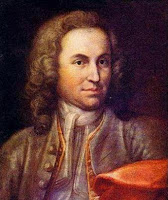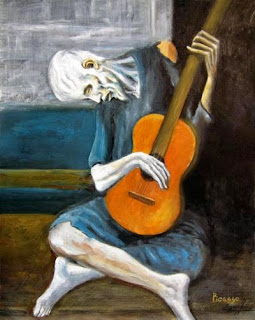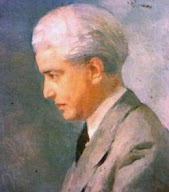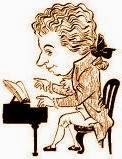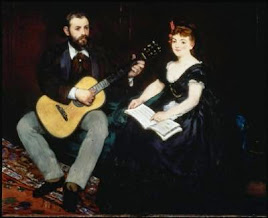The son of Swedish immigrants, American composer Leroy Anderson spoke nine languages. Therefore, at the beginning of World War II, he was recruited by the army to work as a translator and interpreter. Soon promoted to the rank of captain, he was assigned to the Scandinavian section of the Pentagon's Military Intelligence Service. At the end of the war, he was offered the post of military attaché in Sweden, but Anderson declined the offer as he felt it was time to return to his first vocation, music.
 |
| Leroy Anderson, Harvard University Band Director, 1929 |
The Beginnings
After earning a Master of Arts degree in music from Harvard University in 1930, he had pursued doctoral studies and in 1936 composed his first piece, which he presented to Arthur Fiedler, renowned conductor of the Boston Pops Orchestra, an ensemble specializing in light music and popular arrangements of classical music.
The piece, Jazz Pizzicato, delighted Fiedler, but since it was only 90 seconds long, he asked Anderson for an additional composition in order to complete the three-minute recording on a 78 rpm record of the time. Highly motivated, the composer responded on the fly with the missing seconds: Jazz Legato. It was the beginning of his career as a master miniaturist.
 |
| Leroy Anderson (1908 - 1975) |
In 1952 Anderson was well known in the USA and Europe as a remarkable creator of sparkling "orchestral miniatures". Two years later, he ventured into somewhat larger works by composing a piano concerto that did not receive good reviews. Anderson responded by pointing out that the work had indisputable merits, which was not to say that it could not be improved.
But his miniatures continued to gain in popularity, and by the 1950s there were dozens of television broadcasts incorporating his short pieces as a theme song or musical curtain. But it was The Typewriter, unique work for typewriter and orchestra, that set the seal on his career.
The Typewriter
Less than two minutes long, it was composed in 1950 and premiered the same year by the Boston Pops Orchestra. The piece incorporates as a solo instrument a typewriter, whose performer is not a skilled typist or its female equivalent but one of the percussionists, a professional musician whose technical skill and knowledge enable him to follow the indications that Anderson wrote for the "instrument".
Miguel Roa conducts the Spanish group "Músicos Para la Paz". Soloist: Alfredo Anaya.





